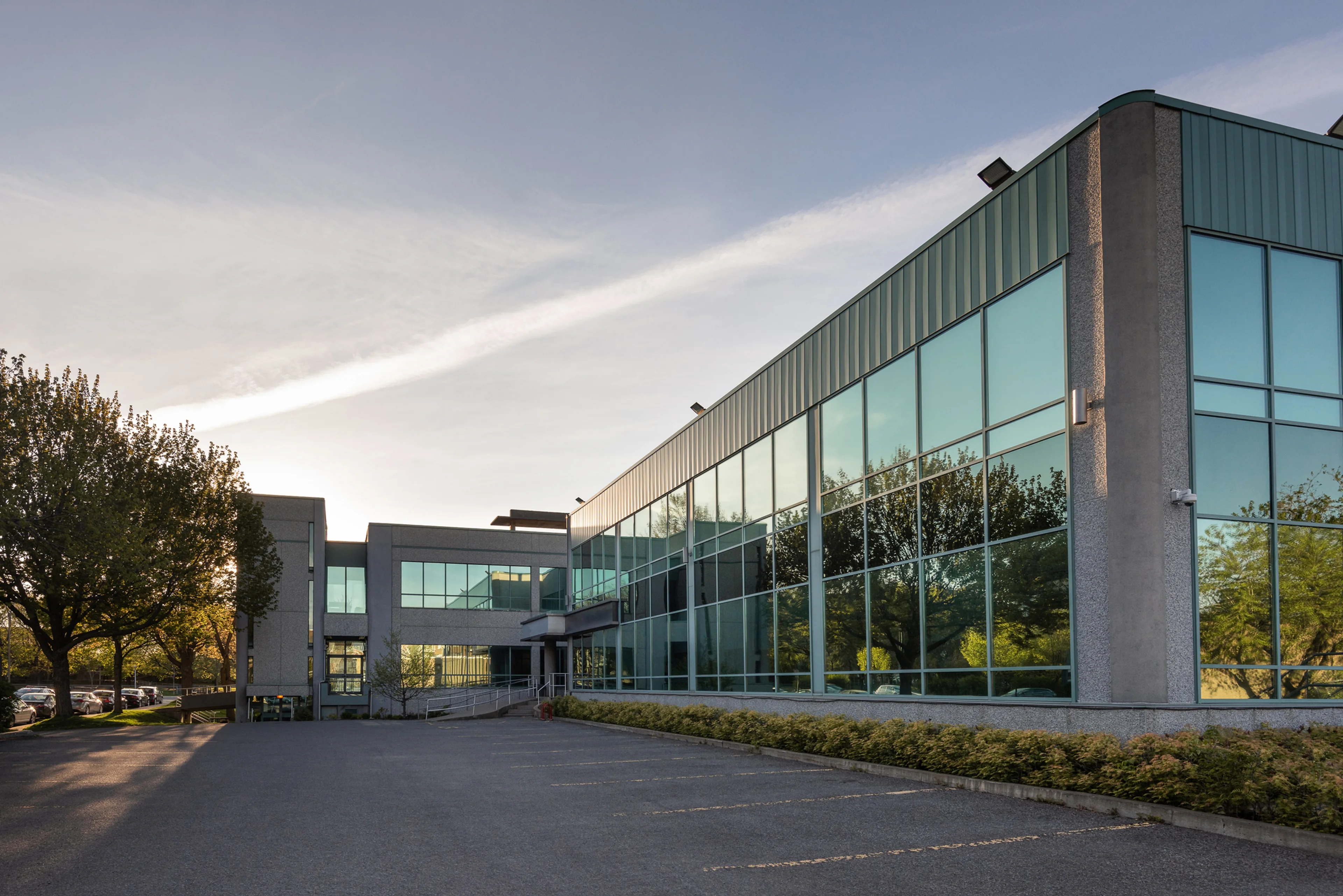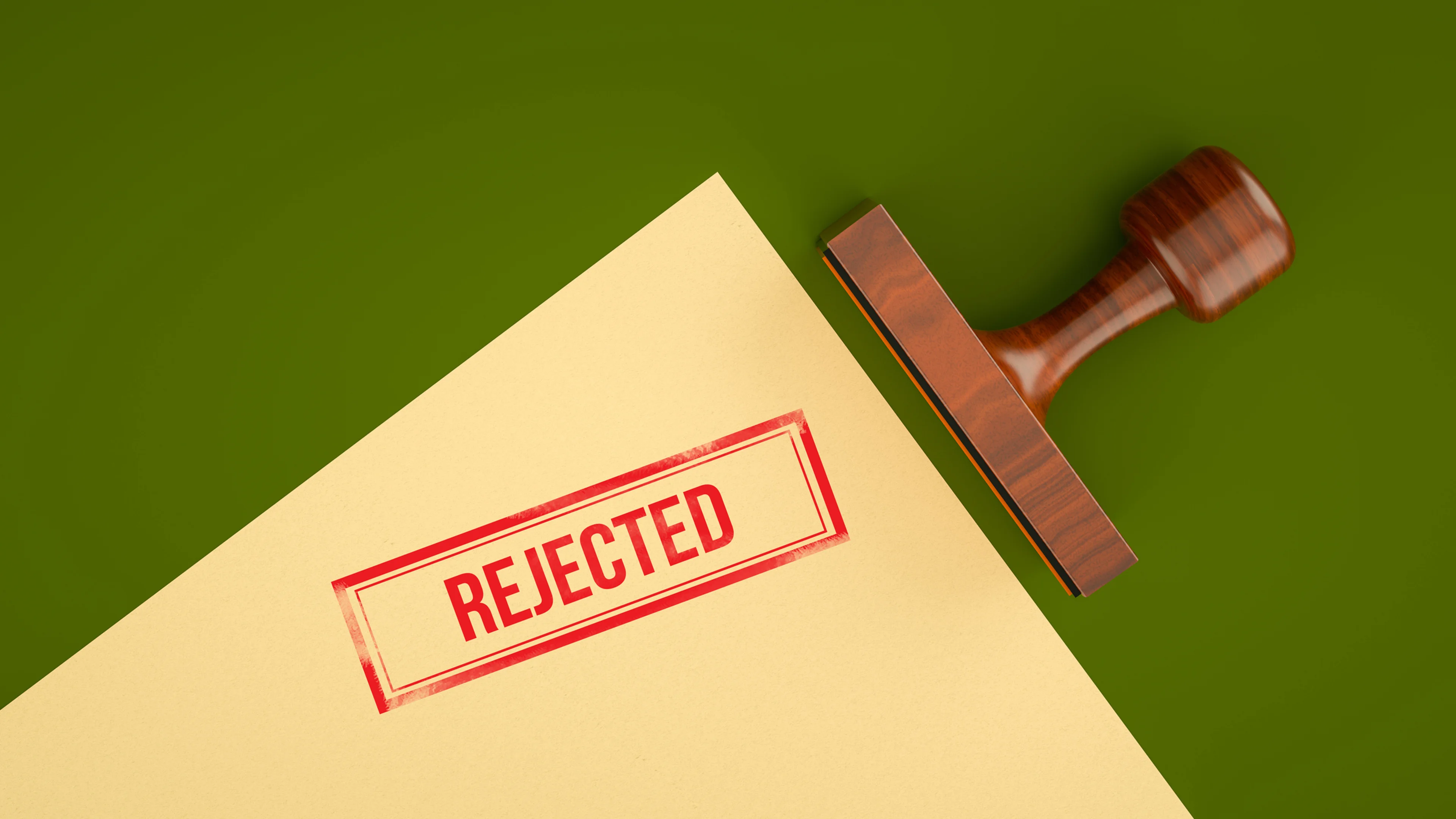
IRA Impacts: Section 179D Expansion Rules Gives Tax-Exempt Organizations Leeway
The Inflation Reduction Act (IRA), signed in August 2022, expanded an energy-efficiency tax deduction giving tax-exempt organizations more negotiating power with taxpayers who build their commercial buildings.
About the Section 179D Deduction
This deduction was initially created in 2006 as an incentive for commercial building owners to install energy-efficient systems. The program’s intent is to drive commercial building owners and designers of tax-exempt buildings to reduce their energy use by rewarding the implementation of energy efficient building components, specifically the HVAC system, interior building lighting, and the building envelope for newly constructed buildings or renovations. In 2020, 179D became a permanent part of the tax code. Since then, it has been extended, even retroactively, until it became a permanent program as part of the Consolidated Appropriations Bill in 2021.Under the new rule, which took effect Jan. 1, 2023, the deduction eligibility was expanded to include buildings owned by tax-exempt organizations, allowing more bargaining power when negotiating with building designers moving forward. Because tax -exempt entities do not pay taxes and cannot utilize a tax deduction, they can allocate the Section 179D tax deduction to a designer of the energy-efficient property. Designers can include architects, engineers and contractors.
What Did the Inflation Reduction Act Change?
In 2022 and prior years, architects, engineers, and design-build contractors were eligible to receive allocations on projects they designed for federal, state and local government-owned buildings. Now, they can also receive allocations for their design work on the tax-exempt entities listed below. This means many building types previously ineligible to participate in 179D can now do so.Now eligible tax-exempt entities include:
- Charitable organizations
- Churches and religious organizations
- Private schools and universities
- Private foundations
- Political organizations
- Other non-profits
- Native American tribal governments
- Alaska Native Corporations
New Deduction Amount
The IRA has increased the deduction amount from $1.88 per square foot to $5.00 per square foot. It also established a sliding scale for the tax deduction range, decreasing the “energy use intensity” from 50% down to 25%. Note: the bonus deduction is for those who meet the prevailing wage and apprenticeship requirements.Because of the large deduction amount increase, tax-exempt organizations should begin exploring how to take advantage of this lucrative offer when working with building contractors in the form of contract reductions or free change orders.
Here to Help
Non-profit or tax-exempt organizations need a full understanding of the legislation and its application for the sake of negotiating. Doeren Mayhew's non-profit tax advisors can help you maximize this energy-efficiency tax deduction. Contact us today to learn how your organization can apply.


